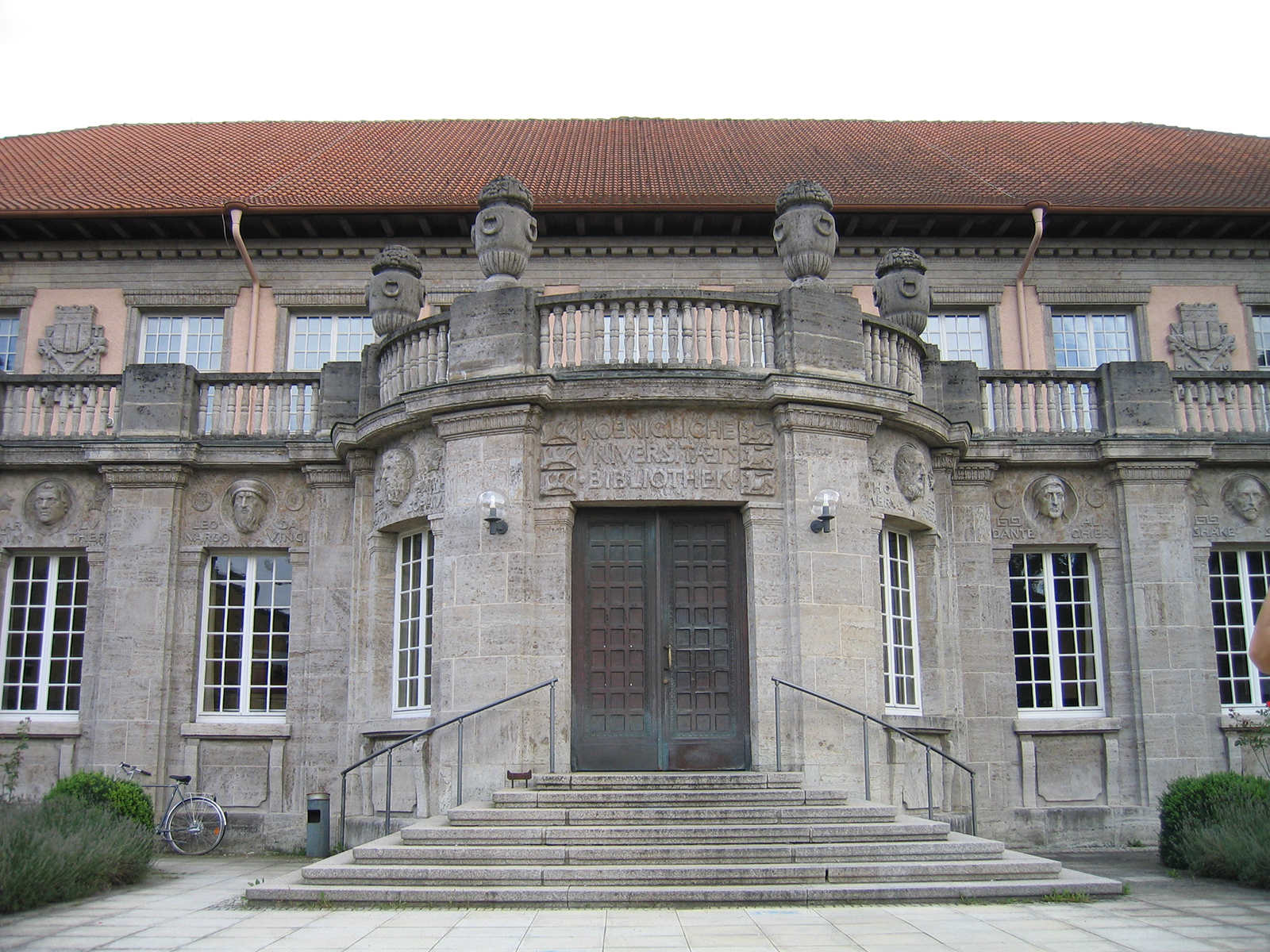University of Tübingen exchange ideas with astronomer Johannes Kepler
A letter from the Tübingen polymath Wilhelm Schickard to the famous astronomer Johannes Kepler dated September 20, 1623 documents the invention of the first mechanical calculating machine: “Furthermore, I recently tried mechanically the same thing you did mathematically and one of eleven complete and six constructed an existing machine using mutilated cogs.” Schickard sketched the blueprint of his invention with fine lines.
The construction could operate with a maximum of six-digit numbers in all basic arithmetic operations: addition, subtraction, multiplication and division. Above all, however, she succeeded in the automatic carry of tens, which probably rang a small bell when the last digit jumped from 9 to 0. Schickard was now able to calculate the movements of celestial bodies more easily and quickly than with his head and hands.
The central component of the calculating machine was an adder with six gear wheels, which could be used to set the digits from 0 to 9 and turned clockwise for adding and counterclockwise for subtracting. For multiplication, Schickard incorporated a system reminiscent of Scottish scholar John Napier’s slide sticks and combined it with the wheels of the adder, which defined the multiplier. The numbers only had to be set and the results read off – but the actual arithmetic operation was done by the machine.
The Tübingen calculating machine was closely related to the rise of the exact sciences at the beginning of the 17th century. The work of the astronomers Tycho Brahe, Galileo Galilei and Johannes Kepler had shown that natural phenomena – such as the movement of the planets – could be precisely predicted through observation, measurement and calculation. The natural sciences were also taken seriously and promoted by politicians, since many contemporaries believed that the future could also be calculated from the position of the celestial bodies. With the increasingly complex calculations in the still young natural sciences, the mathematical requirements increased. However, calculating with large numbers is prone to errors.
“The core elements of computer science are contained in Schickard’s construction,” says Professor Oliver Bringmann, spokesman for the Department of Computer Science at the University of Tübingen. “It defines arithmetic rules and immediately applies them in an automated process.” It was not until the 18th century that computing machines with higher performance were to be built.
Construction and experimentation accompanied Schickard’s work at the University of Tübingen. The theologian was appointed professor of Hebrew and other biblical languages in 1619. For his students, he developed a learning aid consisting of rotating discs with Hebrew verbs and endings lying one on top of the other. This made it easier for them to remember the complicated conjugations. Even Isaac Newton owned a copy. In 1631, Schickard was appointed to the professorship of astronomy, mathematics and geodesy, succeeding the astronomer and mathematician Michael Mästlin. Using a hand-held planetarium, he represented the movements of the sun, earth and moon, and a conically shaped sky map made it easier to find the constellations. As a school supervisor, he inspected Latin schools in Württemberg and surveyed the country on his travels.
Johannes Kepler, who, like Schickard, had studied at the University of Tübingen, became aware of the younger, “mathematics-loving” colleague as early as 1617. Apparently, at this encounter, Kepler immediately recognized the tremendous intellect of the young Schickard and encouraged him to study science. From then on, Kepler and Schickard corresponded with each other and there were further meetings after Kepler returned to Württemberg in 1620 to assist his mother in a witchcraft trial. The astronomer appreciated Schickard’s technical and artistic skills and commissioned him to do copper engravings and woodcuts for his epochal work “Harmonice mundi”, in which Kepler formulated the laws of planetary motion. For his part, Schickard knew about the many hours which Kepler spent calculating the orbits of the planets. He obviously wanted to make this task easier for his friend.
Presentation of 20 euro collector’s coin and commemorative stamp
He commissioned his “Mechanicus” Johann Pfister to build a “calculating clock” – as he called it. He built a copy for Schickard in 1623 and later a second copy intended for Kepler. Kepler’s copy was destroyed by fire in Pfister’s workshop.
Schickard’s life ended tragically. In the early days of the Thirty Years’ War, the city of Tübingen was able to save itself from destruction by paying large sums of money. But after the lost battle of Nördlingen in 1634, imperial troops billeted in Tübingen and brought the plague with them. First the plague killed Schickard’s wife and three daughters. Schickard fell ill himself, but was able to recover. In October 1635 he fell ill again and died, a day before his nine-year-old son.
After Schickard and his family died from the plague, knowledge about the calculating machine and Schickard’s copy was lost in the turmoil of the Thirty Years’ War. Historians mistakenly credited the French philosopher Blaise Pascal, who invented his own mechanical calculator twenty years later, as its inventor. However, Schickard’s sketches reappeared in a roundabout way. Only after the Second World War was it possible to reconstruct the machine at the University of Tübingen and prove its functionality. In 1960 it was presented to the public. Today, replicas can be found in the computer collection of the University of Tübingen and in the Tübingen City Museum.
The University of Tübingen will celebrate the 400th anniversary of Schickard’s invention on September 14, 2023 with a ceremony in the new auditorium. As part of the event, the Federal Ministry of Finance, together with the university, is presenting a 20-euro collector’s coin and an 85-cent commemorative stamp in honor of Wilhelm Schickard and his invention. Afterwards, the Department of Computer Science at the University of Tübingen will host the symposium “From the Mechanical Calculator to Quantum Computing”.

